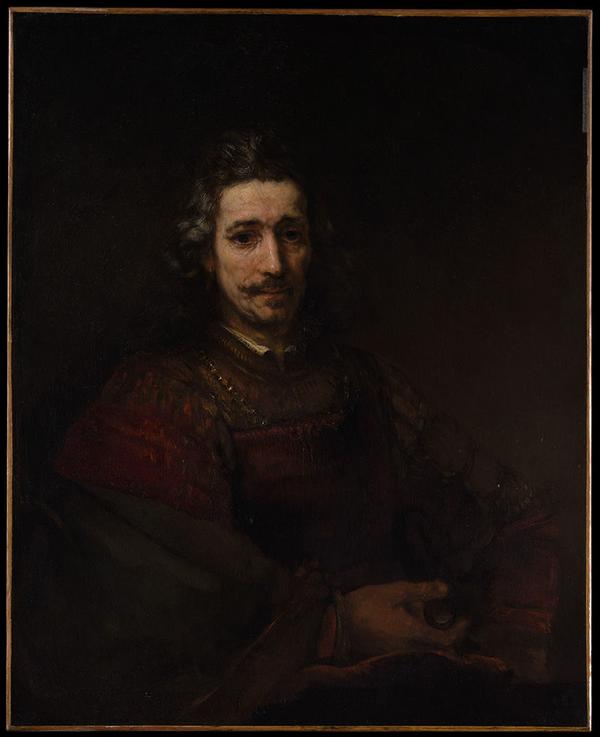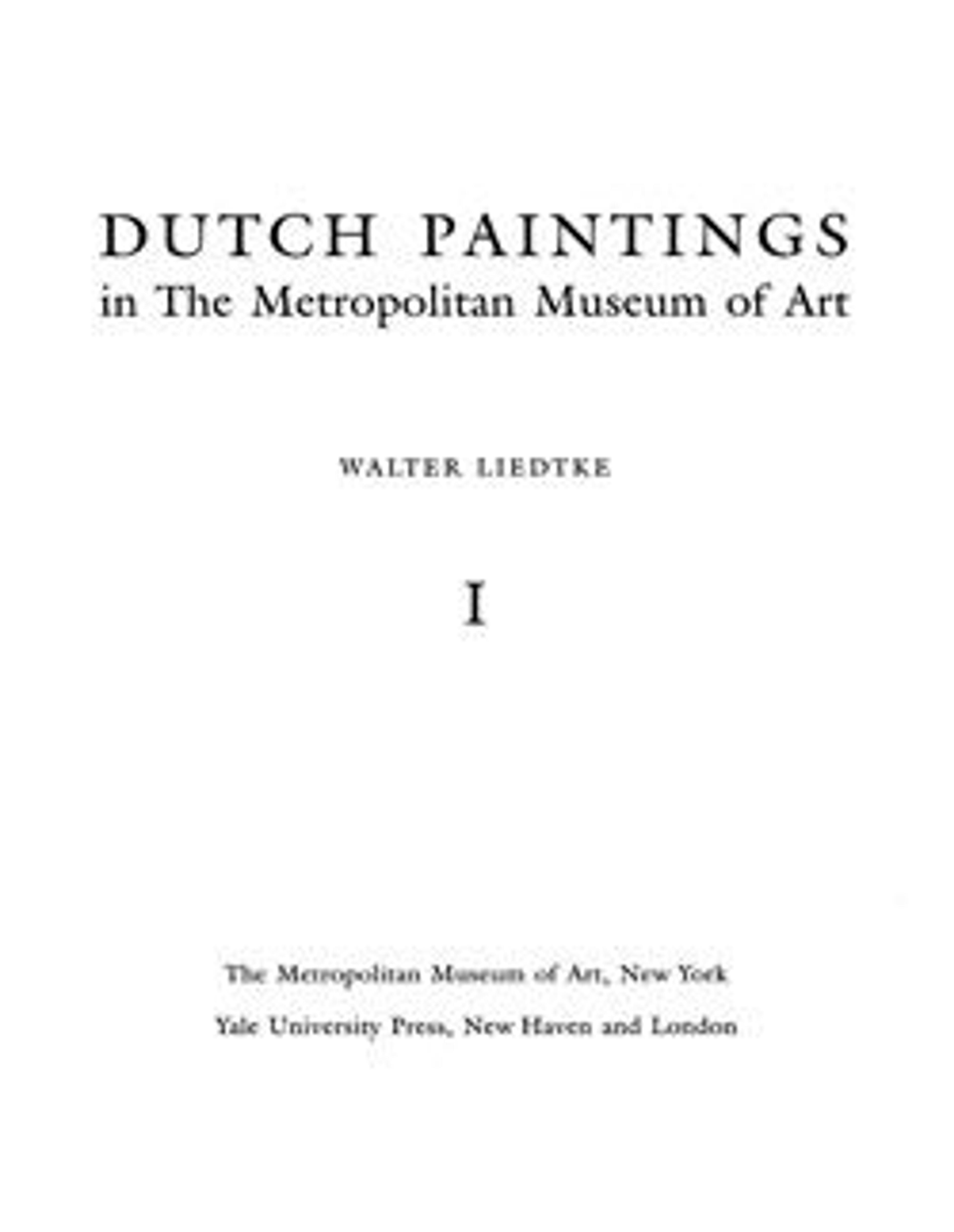Man with a Magnifying Glass
Artwork Details
- Title: Man with a Magnifying Glass
- Artist: Rembrandt (Rembrandt van Rijn) (Dutch, Leiden 1606–1669 Amsterdam)
- Date: early 1660s
- Medium: Oil on canvas
- Dimensions: 36 x 29 1/4 in. (91.4 x 74.3 cm)
- Classification: Paintings
- Credit Line: Bequest of Benjamin Altman, 1913
- Object Number: 14.40.621
- Curatorial Department: European Paintings
Audio

5244. Rembrandt, Man with a Magnifying Glass
NARRATOR: The magnifying glass is a clue to this man’s likely identity: an auctioneer named Pieter Haringh. He would have used it to examine luxury goods coming up for sale.
ADAM EAKER: Auctions were a key feature of Amsterdam life. It was a great port, and all kinds of works of art and luxury goods passed through it. This very active art market was a major source of inspiration for artists, not just because it gave them source material, but it compelled them to differentiate themselves in order to make a name for themselves, in order to stand out against their many competitors, and acquire the attention of art dealers.
NARRATOR: Cinematographer Gavin Finney appreciates how Rembrandt manipulates light to focus a viewer’s attention and support a specific story—just as he does himself, in film. In this portrait, and the one to the left, of Haringh’s wife, Elisabeth Delft, it’s all about the people. The light dictates our gaze.
GAVIN FINNEY: Rembrandt was a master at just spotlighting what he wanted you to look at. And letting everything else fade into these beautiful rich, dark, brown tones.
ADAM EAKER: Rembrandt was noted for his very rough application of paint, and the way that he builds up faces, it was with all different kinds of contrasting tones layered on top of each other. He also doesn’t have very sharp contours or edges to the faces. Instead, he’s really showing the modeling effects of light on surfaces.
NARRATOR: Rembrandt’s choices direct us to appreciate the key details that define his sitters, such as highlighting the woman’s bejeweled headdress, the folds of her expensive gown, and the single pink carnation, that—in the popular “language of flowers”—denotes her role as a loving wife. In the background, but barely visible, is a framed painting.
GAVIN FINNEY: As soon as you engage the audience’s imagination, you've got them. The most powerful visual effect in our industry is the audience’s imagination. What the great artists like Rembrandt do is they don’t allow the viewer to be passive; they force you to step in and look and imagine what might be there. And you want to know more.
More Artwork
Research Resources
The Met provides unparalleled resources for research and welcomes an international community of students and scholars. The Met's Open Access API is where creators and researchers can connect to the The Met collection. Open Access data and public domain images are available for unrestricted commercial and noncommercial use without permission or fee.
To request images under copyright and other restrictions, please use this Image Request form.
Feedback
We continue to research and examine historical and cultural context for objects in The Met collection. If you have comments or questions about this object record, please contact us using the form below. The Museum looks forward to receiving your comments.
